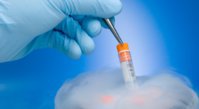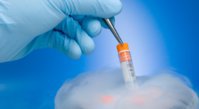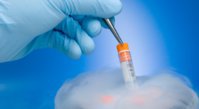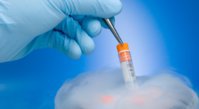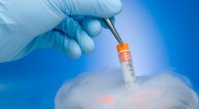On average 30-60% percent of embryos which fertilise will not survive until Day 5
Blastocyst is that the name given to an embryo that is continuing to develop approximately five days after the egg/s and sperm cell have been placed together.
A blastocyst contains anywhere from eighty to one hundred fifty cells, that may be a huge effort given an embryo at Day three typically has around 7-10 cells.
Unlike an embryo at Day 2-3, two distinctive types of cells form the embryo at the blastocyst stage, an outer mass of cells (known because the Trophectoderm) lining the inside of the egg shell and an inner mass of cells (known as the inner cell mass or ICM). The trophectoderm cells can become the placenta, umbilical cord and membranes (the support structures of a pregnancy) whilst the ICM is the early stages of the potential fetus.
Blastocyst is that the name given to an embryo that is continuing to develop approximately five days after the egg/s and sperm cell have been placed together.
A blastocyst contains anywhere from eighty to one hundred fifty cells, that may be a huge effort given an embryo at Day three typically has around 7-10 cells.
Unlike an embryo at Day 2-3, two distinctive types of cells form the embryo at the blastocyst stage, an outer mass of cells (known because the Trophectoderm) lining the inside of the egg shell and an inner mass of cells (known as the inner cell mass or ICM). The trophectoderm cells can become the placenta, umbilical cord and membranes (the support structures of a pregnancy) whilst the ICM is the early stages of the potential fetus.
